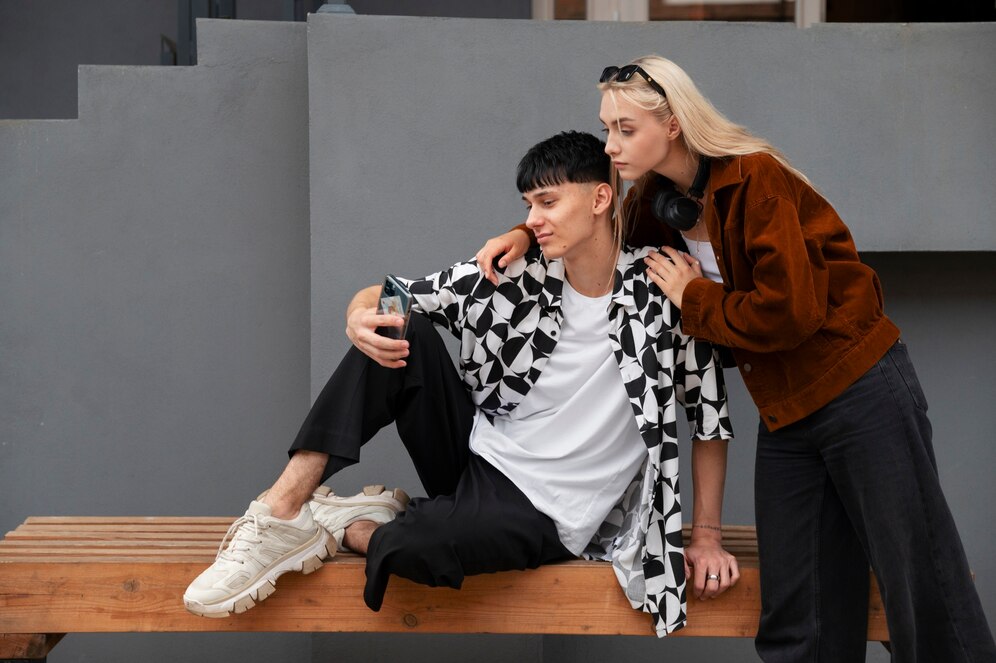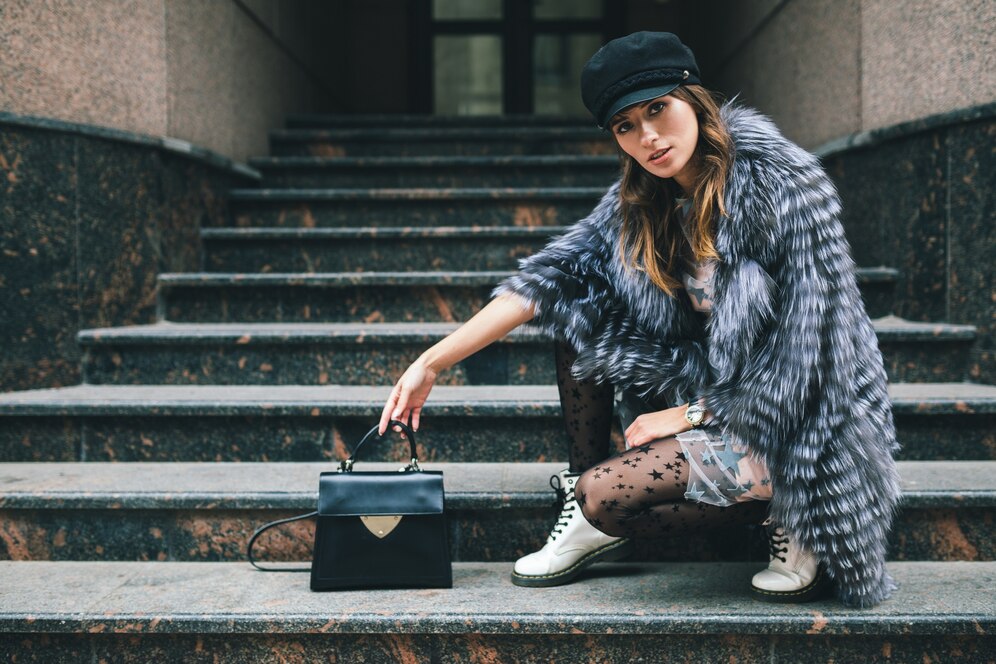How Your Style Affects Your Mindset and Mood
Fashion is more than just a way to express oneself; it has a profound psychological impact on our mindset and mood. The clothes we wear influence our confidence, emotions, and even cognitive performance. Understanding this connection can help individuals make more conscious fashion choices that enhance their well-being.

The Psychology of Clothing
Research in psychology has shown that clothing affects how we perceive ourselves and how others perceive us. This phenomenon, known as enclothed cognition, suggests that what we wear can alter our psychological processes, including attention, confidence, and emotional state.

Boosting Confidence Through Fashion
Wearing well-fitted, stylish clothing can significantly boost self-esteem. When individuals feel good in their attire, they tend to carry themselves with greater assurance, making them appear more competent and self-assured. Studies have shown that wearing formal or business attire can enhance cognitive performance and increase abstract thinking, leading to improved problem-solving skills.
The Emotional Influence of Colors
Color psychology plays a crucial role in how we feel when wearing different outfits. Bright colors such as yellow and orange can evoke feelings of happiness and energy, while darker shades like black and navy can project authority and sophistication. Soft colors such as pastels and neutrals often create a sense of calm and relaxation.

Comfort vs. Style: Finding the Balance
While dressing up can boost mood and confidence, comfort also plays a vital role. Wearing uncomfortable clothing may lead to stress and distraction, negatively affecting one’s overall mood. Striking a balance between style and comfort ensures that individuals feel at ease while also making a positive impression.
Personal Expression and Identity
Clothing is a powerful tool for self-expression. Choosing outfits that align with personal identity and values fosters a sense of authenticity, which contributes to overall happiness and self-satisfaction. When individuals wear clothes that reflect their personality, they often experience a stronger sense of belonging and self-acceptance.

The Role of Accessories in Mood Enhancement
Accessories such as jewelry, watches, and scarves can influence how one feels. A bold statement piece can create a sense of empowerment, while sentimental accessories can bring comfort and positivity.
The Impact of Seasonal Changes on Style and Mood
Different seasons influence fashion choices, which in turn affect mood. Cozy sweaters in winter can provide warmth and a sense of security, while light, breathable fabrics in summer can enhance relaxation and enjoyment.
The Psychological Benefits of Dressing for Success
Dressing well for work or important occasions can lead to a sense of preparedness and motivation. When individuals dress professionally, they often feel more capable and driven to achieve their goals.

The Connection Between Fashion Trends and Self-Esteem
Following fashion trends can either boost or hinder self-esteem. While staying updated with trends can create a sense of inclusion, blindly following trends that do not align with personal style may lead to discomfort and dissatisfaction.
The Influence of Cultural and Social Norms on Fashion Choices
Cultural and social influences play a significant role in clothing decisions. Understanding and embracing cultural attire can foster pride and a strong sense of identity, contributing positively to one’s mindset and mood.

Cultural and social norms deeply impact fashion choices, shaping not only what people wear but also how they express their identity. Clothing can serve as a reflection of heritage, traditions, and societal values, reinforcing a sense of belonging within a community.
For example, in many cultures, traditional attire is worn during festivals, ceremonies, or religious occasions, symbolizing respect for heritage and customs. In Canada, a multicultural society, individuals often blend their cultural influences with modern fashion, creating unique styles that honour their backgrounds while embracing contemporary trends.
Social norms also dictate fashion choices by setting expectations for appropriate attire in different settings. Workplace dress codes, seasonal clothing trends, and even peer influence contribute to shaping an individual’s wardrobe. Additionally, fashion can serve as a form of self-expression, allowing people to communicate their personality, beliefs, and affiliations.
Embracing cultural fashion fosters appreciation and understanding among diverse communities. It allows individuals to feel connected to their roots while promoting inclusivity and diversity in the broader fashion landscape.
Cultural and social norms deeply impact fashion choices, shaping not only what people wear but also how they express their identity. Clothing can serve as a reflection of heritage, traditions, and societal values, reinforcing a sense of belonging within a community.
For example, in many cultures, traditional attire is worn during festivals, ceremonies, or religious occasions, symbolizing respect for heritage and customs. In Canada, a multicultural society, individuals often blend their cultural influences with modern fashion, creating unique styles that honour their backgrounds while embracing contemporary trends.
Social norms also dictate fashion choices by setting expectations for appropriate attire in different settings. Workplace dress codes, seasonal clothing trends, and even peer influence contribute to shaping an individual’s wardrobe. Additionally, fashion can serve as a form of self-expression, allowing people to communicate their personality, beliefs, and affiliations.
Embracing cultural fashion fosters appreciation and understanding among diverse communities. It allows individuals to feel connected to their roots while promoting inclusivity and diversity in the broader fashion landscape.
Conclusion
Fashion is more than a superficial aspect of life; it directly impacts mindset, emotions, and self-perception. By understanding how clothing influences mood and confidence, individuals can make intentional fashion choices that enhance their psychological well-being. Whether through color selection, style, or comfort, the right outfit can set the tone for a more positive and empowered day.

